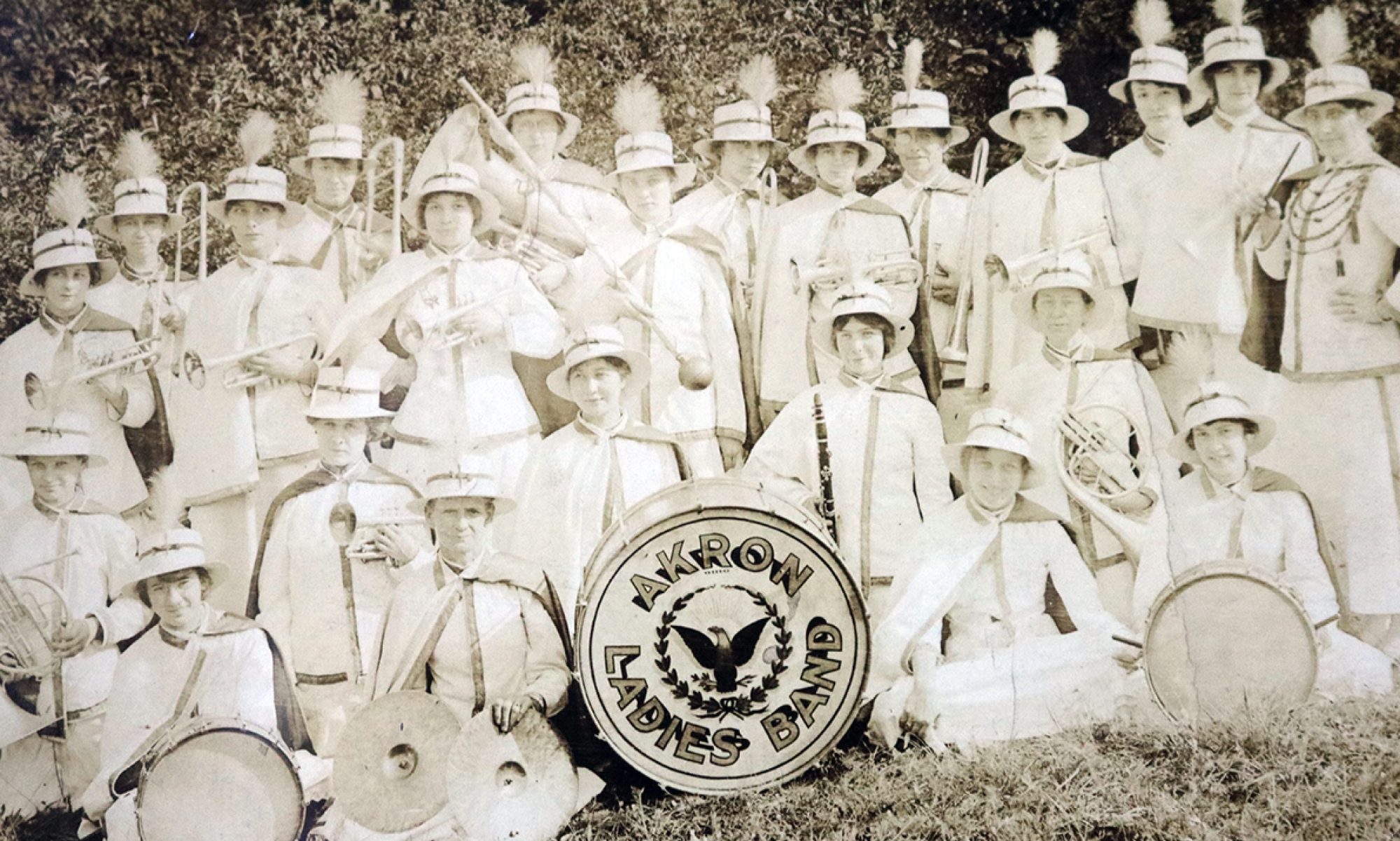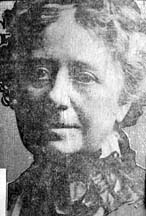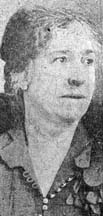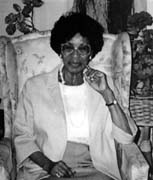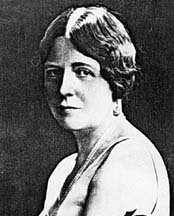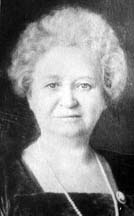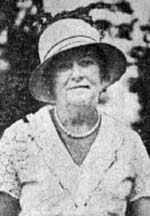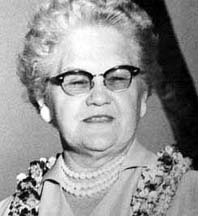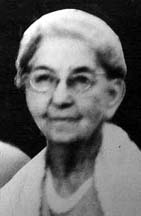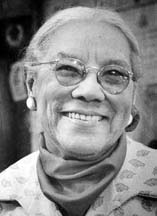
Mary Holmes and Akron’s Civil Rights movement grew up together. In 1918, she was one of the founders of the NAACP in the city. In the 1920s, she was a staffer for the African-American newspaper. In 1940, she made her way to president of the Council of Negro Women. By the 1960s, she was with the Summit County Community Action Council as a “housing adviser.”
She never planned on that life. “I never planned to get knocks on my head, but somebody’s got to get the knocks to get things done,” she told the Beacon Journal in 1975. “My biggest pleasure is doing something for somebody.”
Born in Buchanan, Va., Holmes attended high school in Charleston, W.Va. She moved to Akron in 1918. Conditions for African Americans in the city were bad. Everything seemed to be segregated. It was little wonder that Holmes would help found the city’s NAACP chapter as soon as she moved to town.
For a time, Holmes worked as a stenographer/bookkeeper for a small manufacturing company. In 1921, she, along with William B. Johnson and William Byrd, started theBlack and White Chronicle, a weekly newspaper covering the city’s African-American community. Holmes was bookkeeper/proofreader/reporter for the newspaper. Opie Evans remembered that Mary Holmes was vital to the newspaper’s life. “You know, that Mary Holmes was everything in that office. She really kept that paper going” (Beacon Journal, Feb. 11, 1991).
After the newspaper folded in 1927, Holmes held a variety of jobs from catering to domestic work and continued to be a leader in the African-American community. She was the secretary of the Colored Women’s Republican Club and president of the Council of Negro Women. She also served as the secretary of the Woman’s Auxiliary of the NAACP. In 1962 to 1964, when racial tensions were highest in Akron, Holmes was president of the city’s NAACP.
Holmes worked with the Summit County Community Action Council “for about as long as anyone can remember,” the Beacon Journal reported. In 1975, she was a “housing adviser,” helping set up the Emergency House for families displaced by eviction or forced out of their homes by disasters, and worked at the North Akron Neighborhood Center.
In 1975, she announced that she was retiring. When she looked back over her long career in Akron, she could see progress. As far as segregation was concerned, Akron was a better place to live. In 1978, the churches in the community acknowledged her role in the city by giving her the “Brotherhood Action Award.”
Holmes died in Akron on April 9, 1986.
Photo courtesy of the Beacon Journal.
. –Kathleen L. Endres
